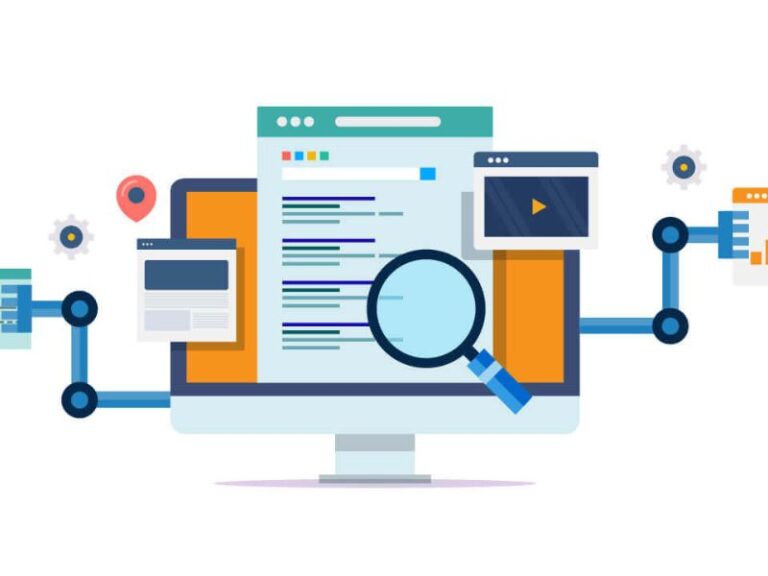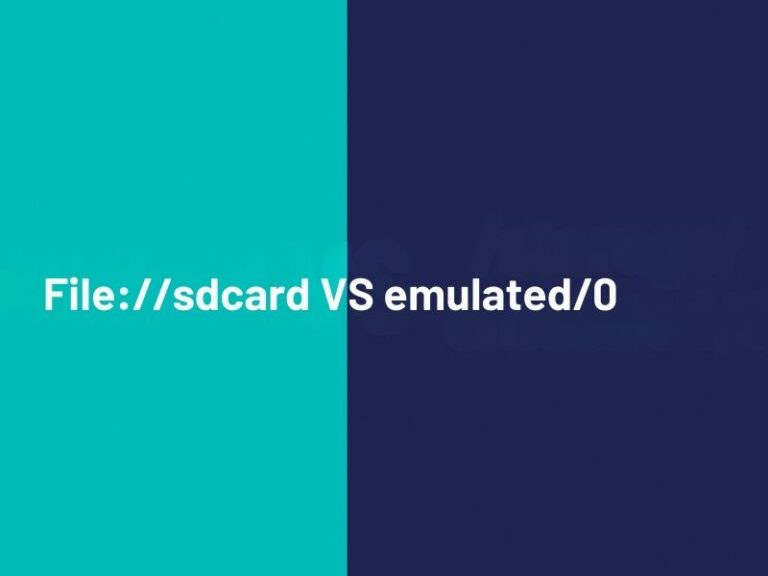Artificial Intelligence (AI) has reshaped how we live, work, and communicate. From chatbots answering questions to AI tools generating full-length blog posts, the influence of AI is undeniable. But here’s the thing — with AI sneaking into our daily content, how do we know what’s real and what’s machine-made? That’s where AI detection steps in. Picture it like Sherlock Holmes with a magnifying glass, trying to figure out if the words you’re reading were crafted by a human brain or spit out by an algorithm. In this article, we’ll explore the fascinating world of AI detection, dive into how a Detector de IA works, and discover why it plays such an important role in our digital age.
So, what’s the big deal with a Detector de IA? Think of it like a lie detector, but instead of measuring your heartbeat, it measures the patterns of your text. It’s designed to answer one critical question: “Was this written by a human or an AI?”. Whether you’re a student writing an essay, a journalist crafting a news story, or a business posting reviews, this tool acts as a silent guardian. It’s not about shaming AI use, but about keeping transparency in check.
Why Transparency Matters
Imagine walking into a bakery. The sign says “freshly baked bread,” but when you bite into it, you realize it’s mass-produced in a factory. Disappointed, right? The same goes for online content. A Detector de IA ensures we know what we’re really consuming — authentic human writing or machine-generated words. It’s not about hating AI; it’s about knowing the source.
Building Trust Online
Trust online is like glass — once cracked, it’s hard to fix. Businesses, educators, and readers rely on detectors to make sure credibility stays intact. Without them, we’re left wondering: is this article heartfelt or just generated by an algorithm?
Real-Life Scenarios Where Detectors Shine
- Universities: Professors use detectors to check essays and assignments for originality.
- Journalism: Newsrooms verify whether articles are genuine or artificially spun.
- Businesses: Companies validate product reviews to avoid fake feedback flooding in.
- Government Agencies: Used to prevent misinformation or fabricated reports from spreading.
How a Detector de IA Works Behind the Scenes
Okay, here’s the fun part — how does a Detector de IA actually do its job? Spoiler alert: it doesn’t use magic. It uses math, patterns, and probability. Let’s break it down in simple terms.
The Linguistic Fingerprints
Every piece of writing leaves behind clues, much like fingerprints at a crime scene. Detectors look for things like:
- Repetition: AI loves repeating phrases more than humans do.
- Predictability: AI often writes in patterns because it predicts the “most likely next word.”
- Sentence length: Humans naturally vary sentence structure; AI often sticks to a rhythm.
- Creativity: Humans toss in weird metaphors, emotions, and slang — AI struggles here.
The Algorithm Magic
Underneath it all, a Detector de IA runs algorithms trained on massive datasets. These algorithms compare your text against known AI outputs. If it “smells” too machine-like, the detector waves a red flag. Simple, yet fascinating, right?
Example in Action
Say you write: “The cat sat on the mat.” A detector may flag it as AI because it’s overly simple and predictable. But if you wrote: “My lazy cat flopped on the mat like it had just run a marathon it never trained for,” the detector sees that quirky twist as human creativity.
Benefits and Limitations of Detector de IA
No tool is perfect, right? Just like superheroes, Detector de IA has its strengths and weaknesses. Let’s compare:
| Pros | Cons |
|---|---|
| Boosts credibility of online content | Sometimes gives false positives (flags human text as AI) |
| Fights misinformation and fake news | Can be tricked by advanced AI models |
| Encourages originality among writers | Not 100% accurate in every scenario |
| Protects brand trust and consumer confidence | Requires constant updates to remain effective |
Tips for Writing Like a Human (And Avoiding AI Confusion)
Here’s the tricky part — sometimes detectors mistakenly flag genuine human writing as AI. But you can avoid that by making your text feel more “human.”
Simple Hacks to Sound Less Robotic
- Use personal experiences: Share a story. AI can’t talk about your childhood dog or your first heartbreak.
- Break the rhythm: Mix short, punchy sentences with long, descriptive ones.
- Inject emotions: Add humor, sarcasm, or excitement.
- Play with metaphors: Compare things to food, weather, or daily life — humans do this naturally.
Mistakes That Trigger Detection
Many people unknowingly write in a way that screams “AI.” Avoid:
- Using overly formal or stiff language
- Repeating words or phrases too often
- Sticking to predictable sentence structures
The Future of Detector de IA
The big question: will AI always outrun detectors? Honestly, it’s like a cat-and-mouse chase. As AI gets smarter, detectors have to level up too. But here’s what the future may look like:
Integration Into Everyday Tools
Imagine writing an email in Gmail, and a small note pops up: “This text looks AI-generated — try rephrasing.” Cool, right? That’s where we’re heading.
Challenges Ahead
But let’s be real — if AI becomes indistinguishable from human writing, detectors will face massive challenges. Still, researchers are working non-stop to keep the balance in check.
FAQ’s About Detector de IA
Can AI detectors be fooled?
Yes, advanced AI can sometimes slip through, especially when writers tweak AI text. But detectors are improving every day.
Are detectors reliable for academic use?
Mostly, yes. They’re a useful tool, but professors shouldn’t rely on them alone. Human judgment still matters.
Will detectors replace plagiarism checkers?
Not exactly. They’re different tools — plagiarism checkers find copied content, while detectors spot AI-generated text. Both will coexist.
Conclusion
At the end of the day, a Detector de IA is like a digital truth serum for content. It doesn’t hate AI; it just helps us stay honest about what’s human-made and what’s not. From education to journalism to businesses, detectors play a vital role in maintaining trust and credibility online. Sure, they’re not perfect, but neither are humans. And maybe that’s the beauty of it — imperfection is what makes writing truly human. So the next time you stumble on an article and wonder, “Did a person write this or was it a machine?”, remember that a Detector de IA is quietly working behind the scenes to help you figure it out.






